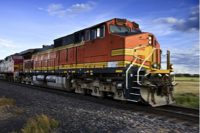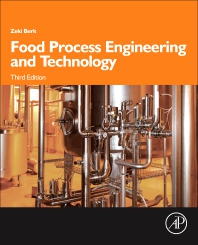Alabama Port Authority Plans Inland Intermodal Transfer Facility

The Alabama Port Authority is planning a new inland container intermodal transfer facility (ICTF).
The project will extend intermodal rail service from the Port Authority’s container intermodal terminal at the Port of Mobile, in support of Alabama regional growth in manufacturing, retail, distribution, and agribusiness sectors.
The Alabama Port Authority Board of Directors last week approved the $2.042-million purchase of 272 acres in Montgomery, Alabama, to construct the facility, the first phase of which is estimated at $54 million.
The project connects inland Alabama shippers to the seaport’s intermodal container transfer facility at Mobile, which is located adjacent to the marine terminal and is accessible to five national Class 1 railroads.
“This project will provide our shippers cost-competitive transportation services to and from one of the nation’s fastest growth containerized cargo gateways,” said John C. Driscoll, director and chief executive officer for the Alabama Port Authority.
When constructed, the intermodal container transfer facility at Montgomery will be serviced by CSX Transportation (CSXT) Intermodal. The project reestablishes regularly scheduled CSXT Intermodal rail service at the Port of Mobile and provides a foundation to expand intermodal services further inland to support CSXT customers. CSXT will contribute up to $12.5 million toward infrastructure improvements in the facility.
“This is another great example of how successful partnerships can help foster creative solutions for CSX customers,” said Tom Tisa, head of business development for CSX. “These infrastructure investments will provide the opportunity to grow our business in the region.”
The project when completed will generate an estimated 2,618 direct and indirect jobs, $340 million in business revenues and over $14.2 million in state and local taxes.
The Alabama State Port Authority oversees the deep-water public port facilities at the Port of Mobile. The Port Authority’s container, general cargo and bulk facilities have immediate access to two interstate systems, five Class 1 railroads, nearly 15,000 miles of inland waterways and air cargo connections. In calendar year 2021, the marine terminal posted 21% growth and the container intermodal rail facility posted 136% growth over the previous year.
Looking for a reprint of this article?
From high-res PDFs to custom plaques, order your copy today!






.jpg?height=200&t=1648041134&width=200)


